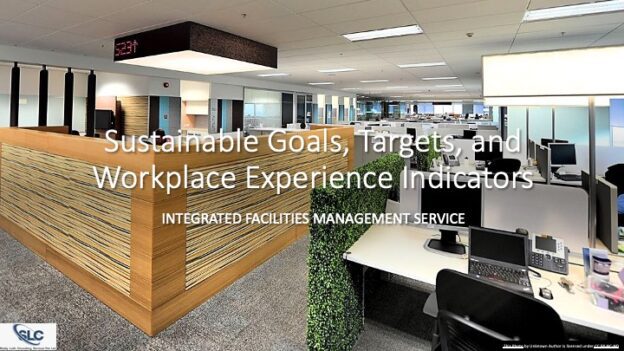The workplace experience is a multi-faceted concept encompassing subjective issues such as job design, interpersonal relationships, workplace cultural and personal attributes, and physical environment. Job design encompasses task assignment, employee autonomy and the complexity of the work, while interpersonal relationships affect communication, teamwork, and morale. The cultural and personal attributes of the workplace include the organisation’s values, norms, and leadership style. Finally, the physical environment, including lighting, temperature, and noise level, significantly impacts the workplace experience.
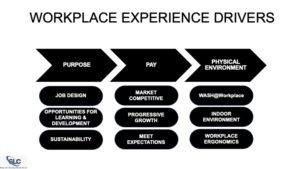
This article highlights the relationship between workplace experience drivers, the Sustainable Development Goals (SDGs), and their targets. The SDGs comprise 169 universal, multi-dimensional, and time-bound targets for achieving sustainability. By mapping the performance indicators of workplace experience drivers to sustainability targets, organisations can accelerate their progress towards meeting the SDGs.
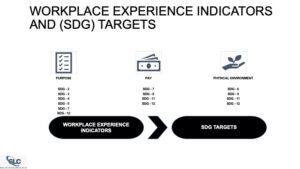
SDG targets and Workplace Experience Indicators (Example) –
SDG 2 Targets
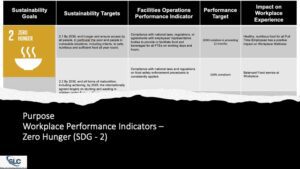
SDG 3 Targets
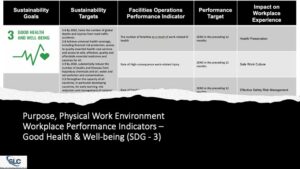
SDG 8 Targets
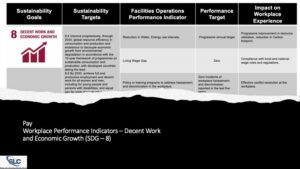
Integrated Facility Management services can potentially impact workplace experience while advancing sustainability goals positively. By aligning operational performance targets with SDGs, FM teams can drive meaningful changes that benefit facility occupants and the broader environment. Embracing innovative IFM practices that integrate sustainability principles is critical to realising these mutual benefits and promoting a more sustainable and enjoyable workplace experience for all stakeholders.

